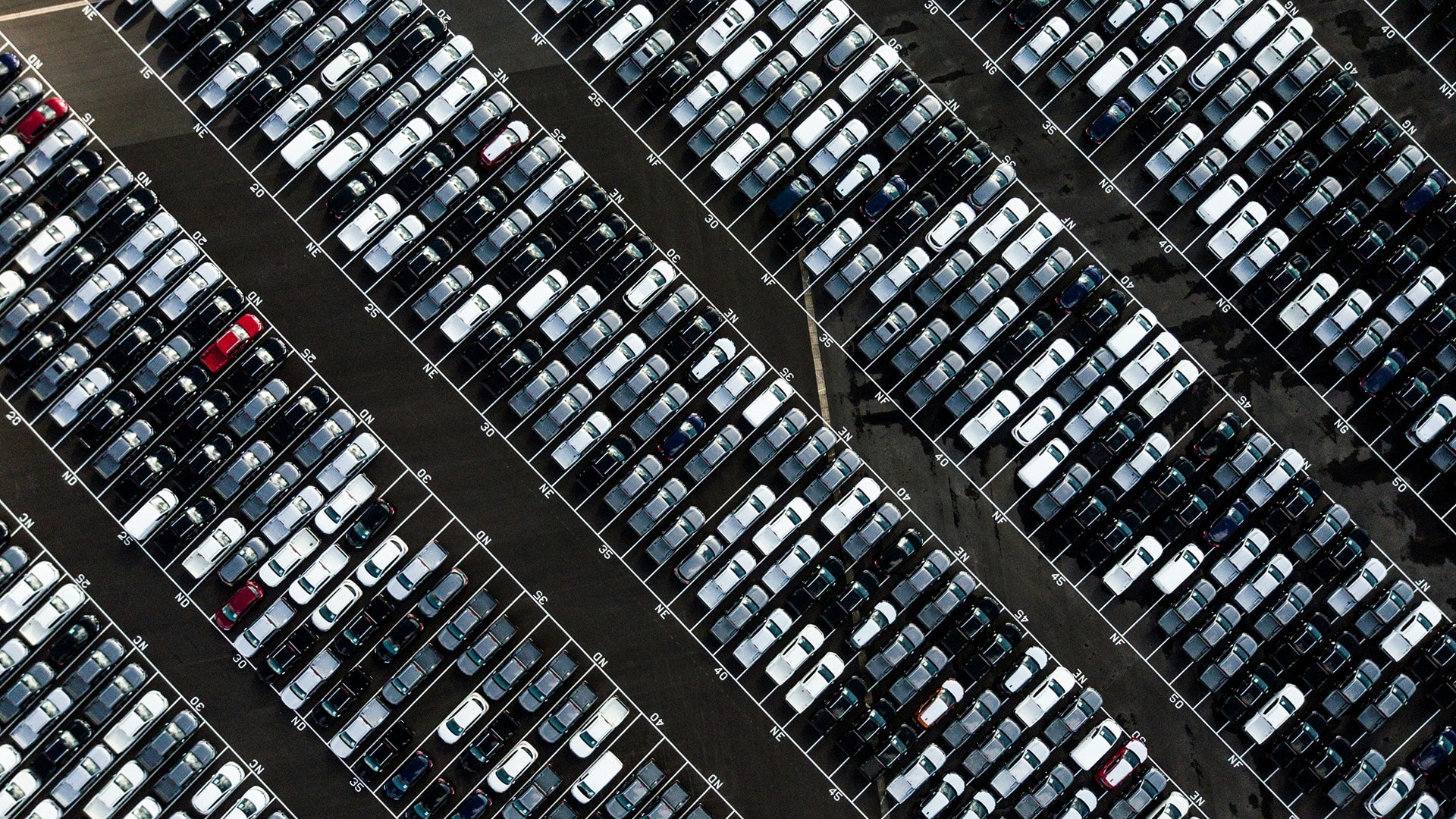If you are an OEM, your advertising strategy should have a “dealer-sized hole.” This means you’re leaving a gap for dealers to fill, where you as the OEM (corporate) and dealer have clear roles within your media’s ecosystem. Without clarity on what role the OEM or dealer should play in this system, you’ll run into three main problems:
- Unclear ownership: Dealers and corporate are both trying to reach in-market shoppers and out-of-market prospects
- Diverging brand experiences: The consumer is being whipped around by different brand experiences between corporate and dealer
- Unhealthy advertising competition: An OEM and a dealer bidding for the same audience, wasting advertising funds for both parties
In this article, we’ll unpack how to move to a media ecosystem with role clarity — and better enablement through dealer co-op programs and the right mix of channels. As a bonus, we’ll cover how to gain some performance returns on media by using your product throughout the buyer journey.
So where do you get started in moving toward a new path?
Solution #1 – Move from unclear ownership to clear funnel roles
One role of the OEM is to drive brand and product preference. If you represent a brand where cross-shopping is high, or the majority of dealers are non-exclusive (a mixed lot), then driving product preference is even more imperative. When a consumer walks onto the dealer lot, how can you ensure they’re doing so with the intent to buy your make and model versus a competitor’s? It’s in the OEM’s hands to ensure that the consumer already has a specific product in mind.
Another piece of role clarity in your advertising approach is how you consider both in- and out-of-market buyers. You can accomplish that by:
- As you consider how to drive brand and product preference, the OEM is in the driver’s seat for out-of-market buyers. Create a strategy that gets your brand in front of an audience before they are actively searching. This will feel different from a lead generation strategy that focuses on in-market (i.e. high-intent) buyers, but that’s okay.
- For your high-intent, in-market buyers, have your dealer take the lead, and support from behind as the OEM. When executed well, having the dealer take the lead on in-market buyers means your dealers are happy receiving more action-oriented shoppers, and you as the OEM get to direct your energy (and media dollars) toward the long game of buyer education.
Solution #2 – Move from diverging brand experiences to dealer co-op-supported, consistent activation
Have you ever seen a cool brand online but then looked on the store shelf and the experience was nothing like you thought it’d be? Maybe you’ve seen a commercial for the lifestyle promised by a luxury watch — or a perfume — but when you walk into the retail location you’re met with the same stale environment and pushy sales you’d expect anywhere else. As consumers, we experience this “brand whiplash” when the perceived experience doesn’t match the lived journey.
As the corporate brand owner, your job is not only to set the tone of how to represent the brand yourself but also how the brand shows up during the sales process and at dealer hand-off. Your brand is, after all, made up of every touchpoint a person has with the company – education, research resources, website, customization, dealer experience, purchase and post-purchase/service.
In an OEM-dealer model, supporting consistent brand experience in the customer journey means setting the tone yourself AND enabling down to the point of purchase. Cue dealers.
Your company needs to give dealers a turnkey way to carry the torch of your brand experience. Often, one of the most impactful ways to tangibly enable dealer support is through co-op marketing programs. In that program, you can both set the brand example and help dealers carry it through. Two examples of this co-op-enabled support might be:
Provide sales enablement materials: Whether it’s event display signage or sell sheets, the more resources you can feed dealers, the better chance shoppers will be greeted by your intended brand experience. And, frankly, corporate can produce these branded assets more economically than dealers, while also ensuring the final asset is up to standard.
Give your dealer access to on-brand media programs: Look at your dealer program like a force multiplier to reach in-market shoppers. Help your dealers speak to shoppers by giving them access to paid media creative, lead nurturing content, and other on-brand owned and paid media levers. This effort helps uphold that brand consistency while driving prospects further to purchase — benefitting everyone involved.
Solution #3 – Move from competing for the same audience to collaborating across channels
At this point you have created clear roles for corporate and your dealers, you have started to build your dealer program, and now it’s time to put it all together. With clear ownership of roles comes the opportunity to collaborate in channels where your in-market buyers shop. This looks like paid search, buyer marketplaces, high-intent media ads, and special promotions.
As an OEM you can provide additional buying power for your dealers on channels such as shopper marketing places or search. Using your dealer’s collective buying power and prioritizing channels that promote active inventory help your strategy feel collaborative.
Pro-Tip: Leaning into your product content and creative at this point in the journey is an absolute must. Consider arming your dealers with product-centric creative that wows prospective buyers. In our experience, where programs had product as a focal point in media offers, dealerships saw a 170% statistical lift for foot traffic (attributable to media).
A note on dealer agreements
Dealer agreements can really help (or hurt) collaboration. When dealer agreements aren’t strong enough to prevent dealers from bidding on each other’s territories in their media, there isn’t always a foolproof method of solving this in a dealer program. Consider the strength and terms of your agreements in order to continue to build collaborative relationships.
So, where does your product fit into this journey?
What content are you promoting to your out-of-market buyers versus in-market buyers? An oversimplification here is you have two options:
- Brand – high funnel brand awareness content or aspirational lifestyle creative.
- Product – mid to lower-funnel education and shopper resources that are specific to your products.
If you are in a product-centric brand — be it boats, RVs, commercial vehicles, or tractors — it’s important to consider the role your product plays throughout the buyer journey. Product sits much higher in the funnel than you think. And if your company’s product exists in any experiential, luxury, or aspirational space then your product IS the brand.
Luxury or experiential brands may have a head-start here because they are inherently aspirational but other brands may have to lean into aspirational positioning even more to mitigate cross-shopping or lack of brand awareness.
What evidence do we have that leaning into products higher in the funnel works? Our OEM’s media programs have experienced an average of 4x more efficient cost-per-lead when promoting products compared to other calls to action.
Corporate can lead with both aspirational creative and begin positioning the product and uniqueness within that creative — then tasking the dealer with carrying the customer from post-education to purchase.
Let’s recap
First, clarify the roles between the OEM and dealer — this starts with leaving a “dealer-sized hole” in your advertising strategy. Then sprinkle in your product throughout the buyer’s journey, not just waiting until later shopper consideration stages. Work toward creating a smooth brand experience from the first touchpoint to dealer hand-off and sales. Create a mechanism to enable that fluidity by crafting a dealer program that promotes collaboration between the OEM and the dealer.





